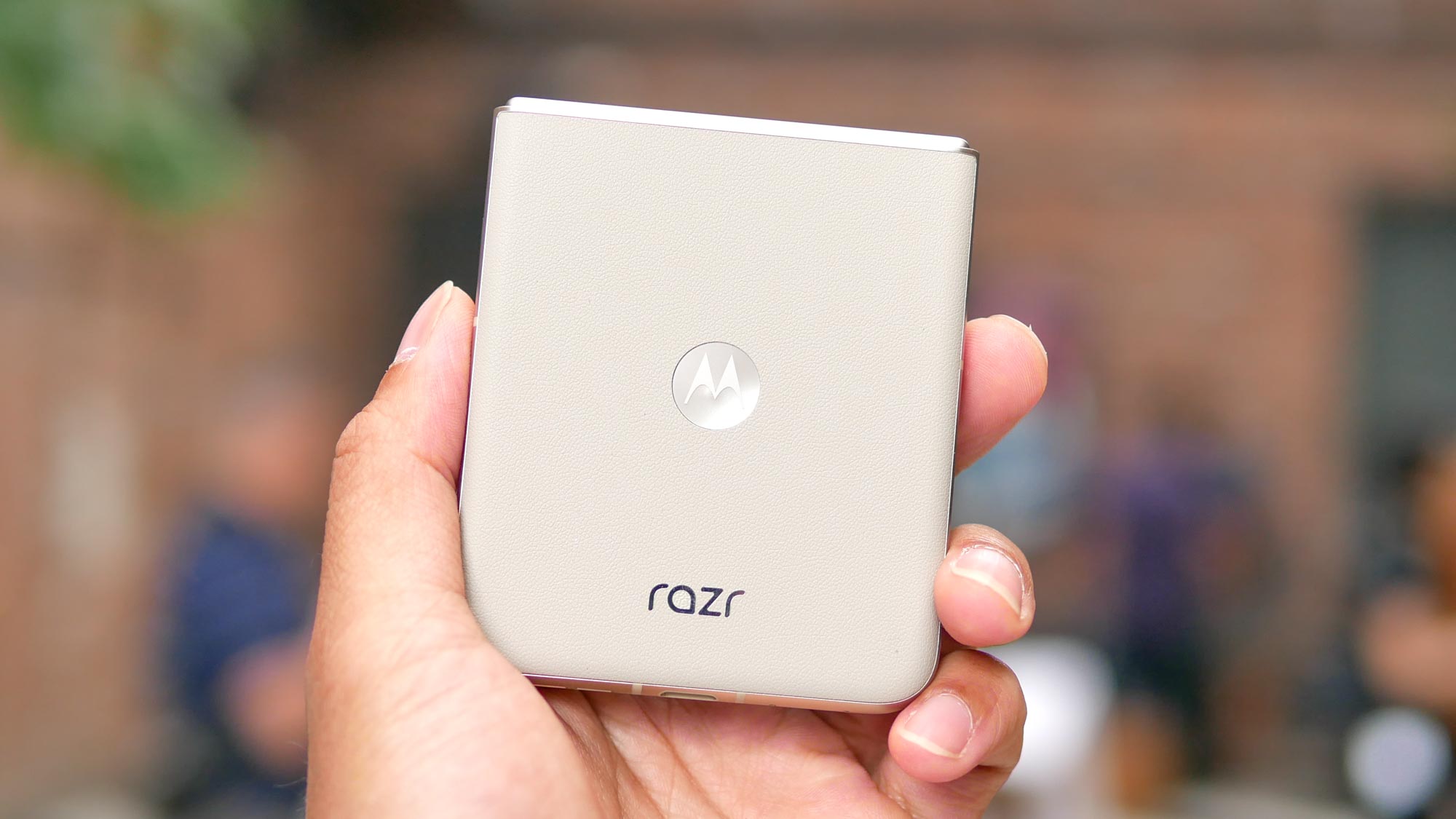
Motorola’s making it extra hard on me to determine which of its news foldable phones I like better. In my Razr Plus (2024) hands-on review, I specially call out the unique Moto AI features it's gaining — while my Razr (2024) hands-on review dials into how it’s a much more substantial upgrade over last year's model.
Honestly, I'm inclined to say the Razr (2024) is the better of the two in the interim until I can properly put the two flip phone style foldables through their paces. Regardless of that, there are compelling reasons to pick the standard model over the Plus. If look at both of them, it's really difficult to tell any differences at first glance until you dive deeper.
Here are all the ways the Razr (2024) beats the Razr Plus (2024). If you're curious about how much better the standard model is over its predecessor, our Motorola Razr (2024) versus Razr (2023) comparison covers everything different about them.
It's cheaper

Foldable phones have this notorious reputation for costing an arm and a leg. However, the Razr (2024) ditches that stereotype by coming in at a more reasonable $699 cost — which is a $300 savings over flip style foldable phones like its sibling.
While you can wait out to find a nugget sifting through the best phone deals around, it's rare to come across a brand new foldable phone at this price point. And if I'm to base them on their looks, there's less of a divide this time because they're so similar.
Better for group photos/vlogging

One unique quality I enjoyed with last year’s Razr Plus was using it for vlogging and self recordings by pairing its ultrawide camera and outer screen. However, that’s no longer the case because of the controversial switch of Motorola swapping the ultrawide for a telephoto camera with the Razr Plus (2024).
Luckily, the standard Razr (2024) retains the same setup main and ultrawide camera setup I’ve enjoyed countlessly to record short clips of me unboxing tech gadgets I test — as well as being incredibly useful with snapping group selfies that don’t require everyone to squeeze into the frame. And despite not having a dedicated telephoto camera with optical zoom like its brother, I think the main camera could still deliver reasonable zooming with a bit of help from pixel binning.
Larger battery

Another advantage that the standard Razr has over the Plus is its larger battery capacity. It features a 4,200 mAh battery, versus the smaller 4,000 mAh one with the Razr Plus (2024). I suspect this could be enough to propel it to beat the Rar Plus (2024) in our battery benchmark testing, especially considering how last year’s Razr (2023) inched out the Razr Plus (2023). Given how both phones have the same sized 6.9-inch pOLED displays and nifty AI features, the larger battery of standard Razr should keep it running for much longer.
It’s lighter, too

Despite packing the larger battery, it turns out that the Razr (2024) is a smidge lighter than the Razr Plus (2024): 6.63 ounces versus 6.66 ounces. Although it’s not by much, it’s still a specification where being lighter is better.
Broader carrier availability

And finally, you’ll be able to buy the Razr (2024) in more places than the Plus because of its broader carrier availability. Sure, both phones will eventually be available as unlocked models through Motorola.com, Best Buy, and Amazon, the standard Razr will also be available at more carriers. They include Cricket, Spectrum Mobile, Straight Talk, Total by Verizon, Visible, Google Fi, Wireless, Optimum Mobile, and US Cellular starting on July 25 — whereas T-Mobile will be the only carrier for now to sell the Razr Plus (2024).
Bottom line

All of these reasons make a compelling argument for the standard Razr, but what’s just as surprising is how they have several commonalities. For instance, they both have generous 256GB storage capacities, 15W wireless charging speeds, 32MP front-facing cameras, IPX8 ratings for water resistance, 3 years of major Android updates, and 6.9-inch pOLED displays with a resolution of 2640 x 1080 pixels.
Depending on your preference, you might prefer the setup on the Razr (2024) if you’re like me and shoot a lot of vlogs and video recordings of yourself. I’m less inclined to use a separate telephoto camera, especially if the main camera can still do a decent job at zooming. Although, I’m eager to see the overall performance of their cameras to get a better idea of which is the better camera phone – along with whether the Moto AI features in the Razr Plus (2024) do actually add a fair amount of substance to the overall package.







